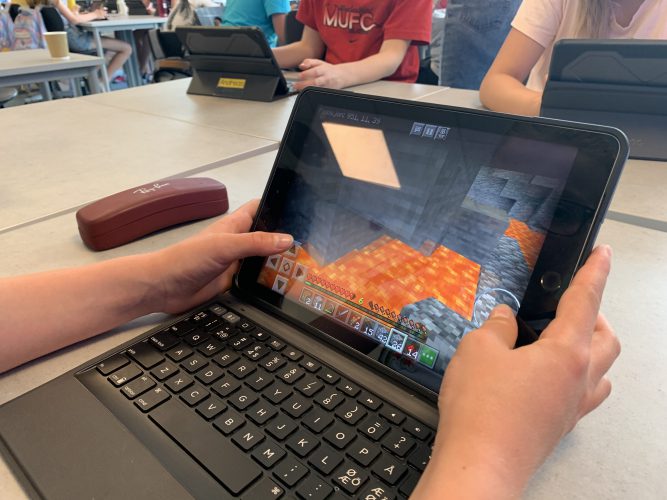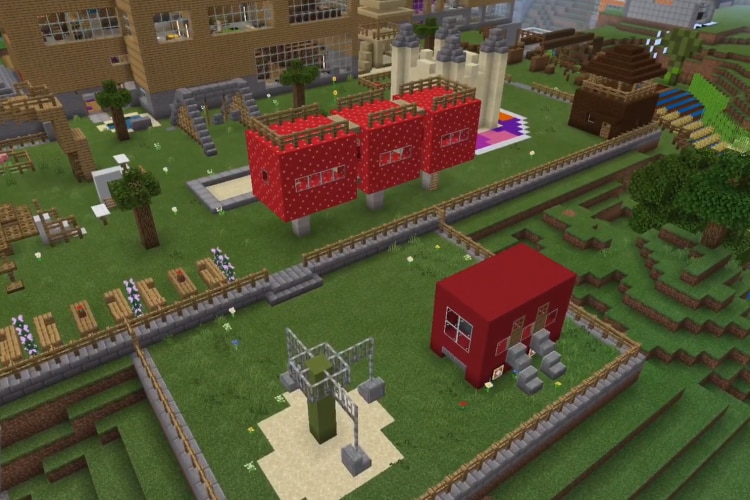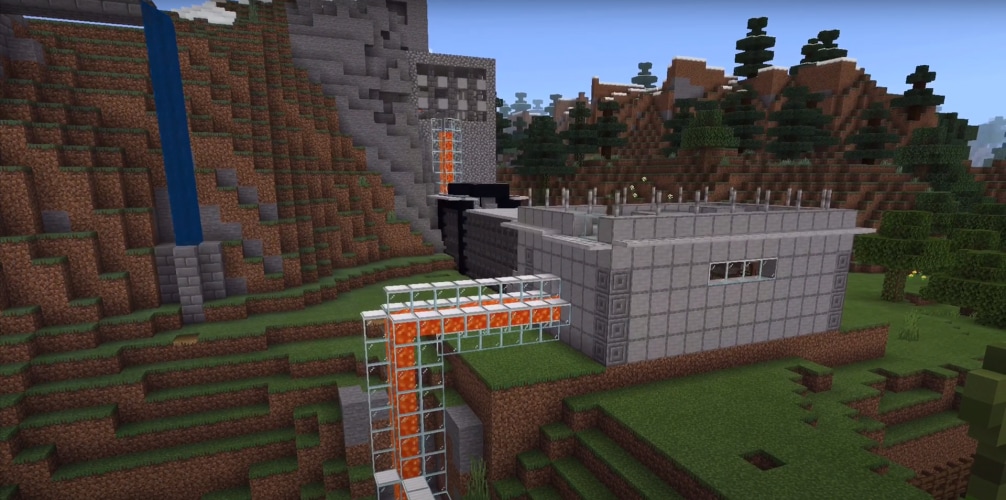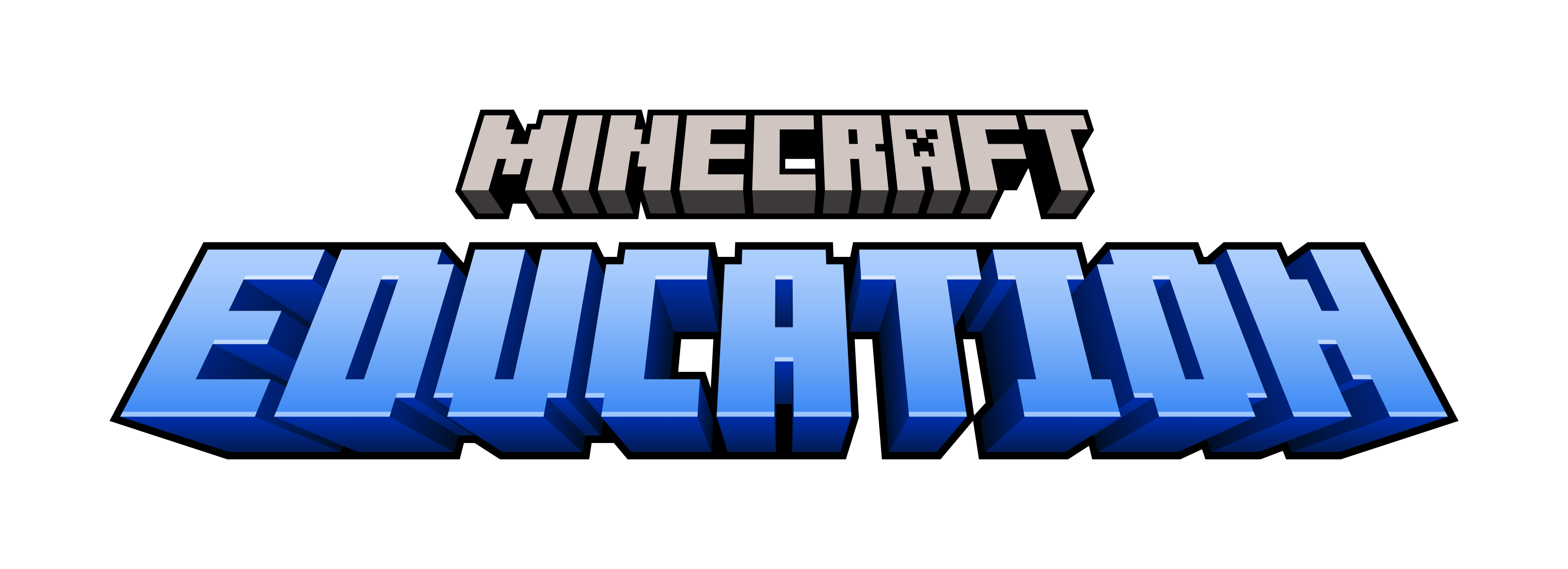Students in Norway take up the 2020 Minecraft Education Challenge

This past spring, we invited schools and students around the world to take part in the 2020 Minecraft Education Challenge. This challenge encouraged learners to consider some of the world’s most pressing issues, including accessible transport and schooling, sustainable cities and public space, carbon neutrality, and more. Students collaborated to research, design, and build solutions geared toward these issues using Minecraft: Education Edition, and we saw amazing results from around the world!
This story comes to us from Anita Lundberg from Lin Education in Norway, the team that ran the challenge for 2,000 students with the assistance of more than 90 teachers. Read how they conducted the competition and see the winning entry in this guest post from the Lin Education team.
In the spring of 2020, we initiated a national student challenge in Minecraft: Education Edition, together with our partner Microsoft Norway. The idea was to create an engaging, fun, and educational assignment for both teachers and students during this challenging period of distance learning. The theme was “Build a Better World,” and the task was for students to build a forward-thinking and environmentally friendly version of their school in Minecraft. Cooperation among the student groups on addressing the UN’s Sustainable Development Goals would be the focus of the competition.
More than 90 teachers enrolled 2,000 pupils, all working on the challenge in May and June. Many brave teachers began the challenge with their students without having played or used Minecraft in the classroom before! They saw this as an opportunity to get to know the game better and for their students to challenge themselves. We were struck by the teachers’ incredible dedication, along with their courage and steadfastness in throwing themselves into an activity using a brand new tool and new approaches to subject matter during an already challenging situation.

It all culminated in 120 submissions, each of which featured a video presentation of the build, documentation of how they had integrated the UN’s Sustainable Development Goals, and the digital world file itself. The participants ranged from younger secondary school to college, and they delivered impressive immersive worlds. Their creations demonstrated that they had clearly reflected on how to incorporate sustainability and the future of learning into their creations. Minecraft truly showed its strength and flexibility in that it can be used with any age group, excelling in interdisciplinary learning situations. Students worked on the sustainability goals together, collaborated on planning and construction, and reflected on how to document their work. This was a great example of how to facilitate deep learning in a modern classroom!
The competition submissions were reviewed by an independent jury. The jury consisted of Miriam Modalsli and Oda Bøthun, who are both advisers to Statped, the State Special Education Service, Ingvild Vikingsen Skogestad, a teacher at Knappskog school in Øygarden, and Grace-Jane Larsen, a teacher at Framnes school in Sandefjord. These four superheroes spent hours upon hours reviewing all the contributions, watching videos, and reading justifications before reaching a consensus on the top three entries. Everybody who participated in the competition received a diploma by e-mail, but the top three winning teams earned a special certificate.
On Wednesday the 10th of March, we announced the winners in a live digital event. Third place went to a group of students from the 7th grade at Ålvik School, while an 8th grade class at Kjeller School received 2nd place. The overall winners of the challenge were the students of Class 6C at Øren School. You may not speak Norwegian, but their amazing work speaks for itself. You can look at their documentation here and watch this video to see their submission in action.
We were both touched and impressed by the winning contribution! The prize was a visit to Øren School from the team at Lin Education that featured both Minecraft challenges and quizzes for the students. All the teachers also received training courses so that even more of their students can enjoy Minecraft: Education Edition. After the visit, we spoke with Helga Falch Johannessen, Class 6C’s contact teacher. She provided valuable insights into running a challenge with students.
How did students start working on the challenge?
Helga says that her students began the process by learning about the Sustainable Development Goals. Each student was given one goal to read about, and they were encouraged to create their own interpretation of that objective. Next, they incorporated the goals into different parts of the building and worked together in three subgroups within the class. She observed skills like collaboration, creativity, and problem-solving extensively throughout the group work.
What did Minecraft: Education Edition contribute to how your students learned?
Helga shared her experience: “Part of the strength of using Minecraft in the classroom is that it allows all students to truly be creative, without there being a brush or a white sheet of paper to limit them. The students show their knowledge and what they learn through cooperation, and some can even show new sides of their personality when creating something in their “home base”—a familiar and safe environment. The students describe the lesson as instructive, fun, and useful.”

Johannessen went on to describe how enthusiastic students took the responsibility of building a better version of their own school upon themselves. The group cooperated well within Minecraft and communicated both through the in-game chat and direct small talk in the classroom as they built together. Their use of the chat feature also made it relevant to discuss how people communicate with each other in both games and social media.
Visiting Students at Øren School
During Lin Education’s visit to Øren School, our team had the pleasure of meeting this lovely group of kids from Class 6C, who scrambled to explain more about how they had built, why they had picked the various elements of their creation, and what choices and strategies they incorporated into their task. Erlend Kobro, educator and Educational Process Manager at Lin Education, was able to build on the student group’s competencies and support teachers at Øren school. In his own words:
It’s inspiring to come to a class where it’s quite clear that a skilled teacher has spent a lot of time and energy empowering confident students who feel at home in the classroom. It takes courage to unleash students with a tool where they are superior to you, but Helga and the students in 6C at Øren School demonstrate that if the teacher is proficient in class management and relationships, while at the same time daring to let students explore, collaborate, and problem-solve together, the result becomes absolutely unbeatable. It was both touching and informative to visit the enthusiastic student group who were so eager to show us what they had created. This was not something you experience on this scale when working on traditional subject-specific tasks, texts, or “find the answer in the book” assignments.
After the students had played, created, and quizzed, it was the teachers’ turn to get a visit. The school’s leadership was generous and flexible in setting aside plenty of time for all teachers to get useful tips and tricks for how to get started so that even more students could have equal opportunities to use Minecraft in their day-to-day school life. In just over an hour, all the teachers at the school got a quick introduction and were given a basic outline of the game’s flexible functionality before eventually trying to play it themselves. It became even more evident to teachers what lies behind the students’ achievements when they—a little uncertainly at first—embarked on the task of building their first house.
It’s amazing to see how learners and teachers across the country have embraced this year’s student challenge in Minecraft: Education Edition on a scale we could only dream about. We knew it was a good idea to give students the opportunity to let loose and work on relevant tasks in this way. But seeing how teachers have dared to let go of control, while at the same time working hard to give students the best possible conditions for success, has been touching and wonderfully inspiring. We believe that this will be the first of many student challenges in Minecraft: Education Edition!

We were amazed to hear about the Minecraft Education Challenge experience in Norway, and we’re looking forward to sharing more creations from students around the world. If you’re thinking of running a competition like this with your students, we encourage you to use our Challenge Toolkit as a framework. For smaller activities, you can explore our Monthly Student Build Challenges here.
If you’re new to Minecraft: Education Edition and want to get started with your students, you can learn more at education.minecraft.net.


